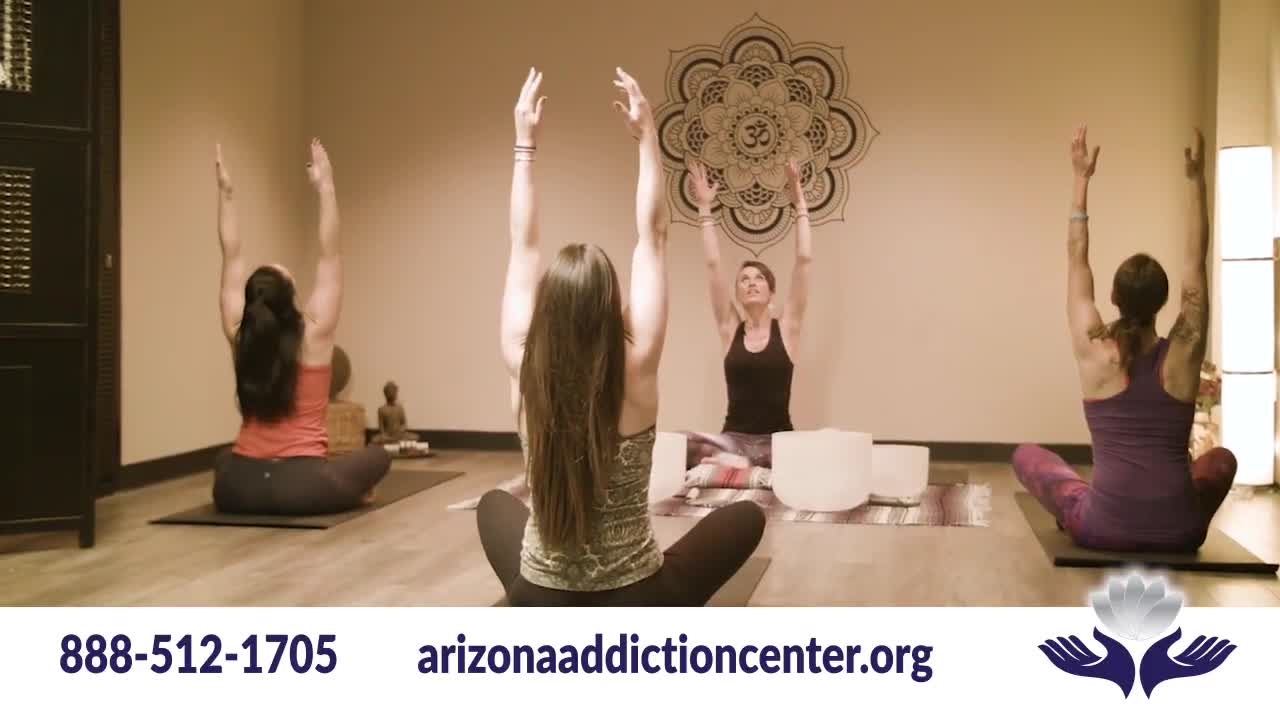The Relationship Between Peer Pressure and Drug Abuse

We’ve all experienced peer pressure in one way or another. Peer pressure can be something harmless, like your friends getting you to eat sushi, or something toxic, such as using drugs/alcohol. Research has shown that there is a link between negative peer pressure and drug abuse.
Negative Peer Pressure
Negative peer pressure occurs when someone is coerced into doing something that is against their moral values or is harmful to them. Research has shown that there is a significant link between negative peer pressure and drug abuse.
Direct Negative
Many people who end up in drug rehab cite direct negative peer pressure as one of the initial causes that started their addictive behavior pattern. Direct negative pressure can often involve a group of friends or peers directly asking someone to do something. This pressure is very toxic and difficult to resist.
When a group of friends is wanting you to do something you don’t want to, it can be tough to say no. They might give reasonings that you find hard to argue against or hint that you would be ‘uncool’ if you didn’t do what they were doing. There is a fear of facing ridicule or losing that friend/group of friends and hence, you give in.
Here are some examples of direct negative peer pressure:
- Your friends are telling you to drink their alcohol when you’re underage or don’t want to
- Your friends are cheering you on to drive faster than the speed limit
- Your friends are encouraging you to experiment with drugs as a group
Indirect Negative
This is a subtle form of peer pressure that can be hard to detect. However, it is relatively easier to resist than direct peer pressure. It occurs when individuals try to do something that they aren’t comfortable with just to fit in or feel part of the group. There is no explicit coercion from another party, but the individual feels that they’ll be alienated if they don’t follow the norm.
Here are some examples of indirect negative peer pressure:
- All group members abuse drugs, so you do the same
- Wearing clothes that you’re not comfortable in because it’s the norm
- You see someone on an Instagram post with a perfect body. This makes you doubt yourself and the way you look.
Risky Behavior: Peer Pressure and Drug Abuse
A study conducted by the University of Edinburgh found that group identity and peer influence causes teens to exhibit more risky behaviors. Risky behaviors can include shoplifting, speeding, or breaking any sorts of rules. The study also found that individuals exhibited these behaviors even without any verbal encouragement from their peers.
This tendency for risky behavior in the presence of friends can escalate and expand into the domain of drugs and alcohol use. In a situation where substances are available and an individual is with their peers, their chances of use go up drastically. They can feel the eyes on them, and they convince themselves that it is a good idea if they wish to impress everyone and fit in the group.
Dopamine and serotonin are reward hormones used by our brains to make us feel happy and loved. Many drugs and alcohol trigger the release of these hormones. When substance abuse is common in a group, a person can get addicted to the thrill of this risky behavior and the euphoria achieved from the hormones.
The National Institute on Drug Abuse (NIDA) has listed several factors that can increase the risk of developing a drug addiction. These are:
- Aggressive behavior
- Little parental supervision
- History of substance use
- Access to drugs
- Belonging to a poor economic background
This is not an exhaustive list, but these factors can play a role in the development of addictive behaviors. Combine this list of risks with peer pressure, and drug abuse can become a real possibility.
Just as risky behaviors can lead to substance abuse, the opposite can also occur. Individuals under the influence of drugs or alcohol will be more likely to undertake daring challenges to impress their peers. This can involve dangerous activities such as unsafe sexual encounters and even crimes like theft or vandalism.
If someone is beginning to exhibit risky behavior while intoxicated, they should promptly be referred to a good drug rehab facility.
Positive Peer Pressure & Drug Rehab
We often have a negative connotation attached to the term “peer pressure”, which is understandable. However, it can also bring about a good change in someone’s life if it is positive. If people around you influence you to make healthy choices, it is known as positive peer pressure.
Positive peer pressure can be a powerful tool in drug rehab. Many drug recovery programs make use of positive peer pressure to influence the behavior of the patient. Just like a person surrounded by intoxicated friends uses drugs to fit in, an ex-addict surrounded by sober peers will naturally want to stop abusing so they can fit in. They’ll be motivated to lead healthy and happy lives.
Therefore, someone who is starting recovery must be surrounded with people who will encourage positive change. People who are in recovery must avoid meeting people who were once a source of negative peer pressure, as that can be a trigger for relapse.
At Arizona Addiction Recovery Center, a patient suffering from substance abuse can find long term recovery success in our Sober Living housing. We create a positive environment for the patient, thus motivating them to be sober. At our center, there is a strong social structure with peers and we use the power of positive peer pressure to encourage individuals. Read more about our various treatment services to find the best fit for you or your loved one!




